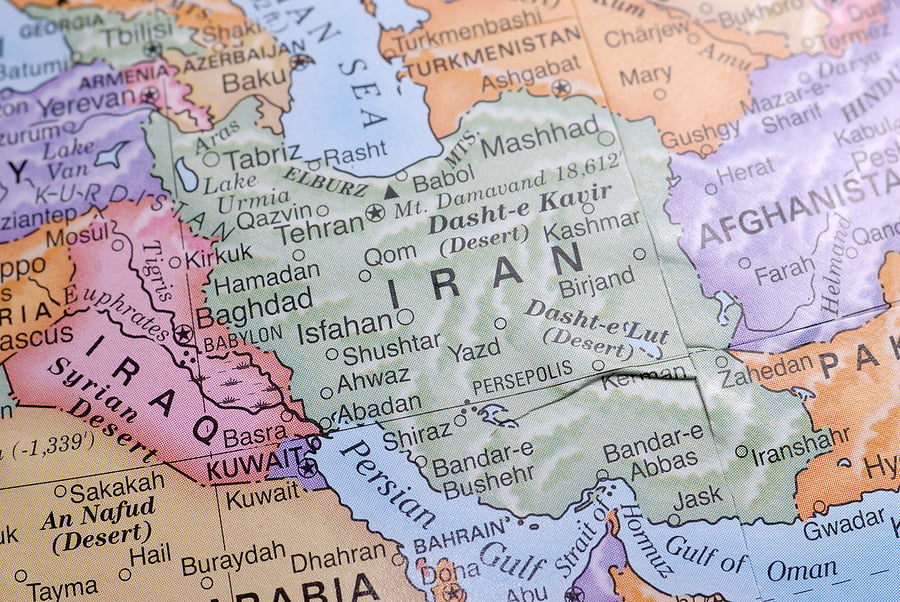Iran’s National Organization for Educational Testing has banned Afghans, Iraqis and, in some instances, other foreign nationals from residing in certain provinces and enrolling in certain courses of study. The new ban affects Afghan refugees most severely and seems to apply uniformly to immigrants with and without documentation, potentially prompting crisis-level displacement.
The list of banned courses includes defense, IT- and energy-related subjects like nuclear physics, “military sciences,” petrochemical engineering, aeronautical engineering, computer network security, weapons engineering and helicopter piloting, among others. The full list, published on the semi-official Mehr News Agency, also includes courses that will create “employment obligations” for Iran, though it is not explained what that means.
This decree makes the already-restricted access to higher education even harder for Afghan refugees because, regardless of what courses foreign nationals want to pursue, they can only enroll in universities that are outside prohibited areas; if they are already studying in these regions, they must either transfer elsewhere or have their enrollment terminated automatically.
Mehr News Agency also carried a list of the prohibited areas, which include about 12 provinces and a multitude of cities spanning across almost all of Iran. Afghans, Iraqis and other foreign nationals are not allowed to live in these areas, though they are apparently able to travel there.
Some of these areas are small cities where few Afghans and Iraqis live, but others are major metropolitan and religious centers such as Qom and Isfahan where many immigrants come in search of employment opportunities. Afghan refugees in Iran have always faced accusations of taking jobs away from native Iranians, and these bans appear to address those perceptions at a fortuitous time when the Iranian economy is under pressure from international sanctions.
Though the residential and educational bans apply to all non-Iranian citizens, they heavily affect Afghans and Iraqis, with Afghans bearing the brunt. According to official Iranian figures, there are about 42,000 Iraqis and slightly more than one million Afghan refugees in Iran; the number of other foreign nationals is significantly lower. In the vast majority of the prohibited areas, Afghans are the only nationality banned.
The National Organization for Educationl Testing, which issued the decrees, has not offered a rationale for the bans; it has also not explained why they have been instituted now, or why they are mostly targeted at Afghans.
But the bans are part of a series of adverse announcements and policies from Iran that have been directed specifically at Afghans in the past few months. For example, authorities in Isfahan — a major Iranian province included in the list of prohibited areas — recently banned Afghans from going to a public park to celebrate the New Year, prompting protests from some Iranians. There have also been reports of Iran threatening to expel Afghan refugees if the Afghan parliament ratified the strategic partnership agreement with the United States.
It is unclear how seriously Iran will implement these decrees. Implementation of the residential ban will result in crisis-scale displacement of foreign citizens, potentially involving hundreds of thousands who will have to find new homes and jobs. A strict implementation of the ban will also serve to deter further immigration — particularly from next-door Afghanistan — into Iran. It will also force the Afghan refugees to repatriate voluntarily ahead of a planned forced repatriation of Afghan refugees.
Image credit: BigStock Photos
